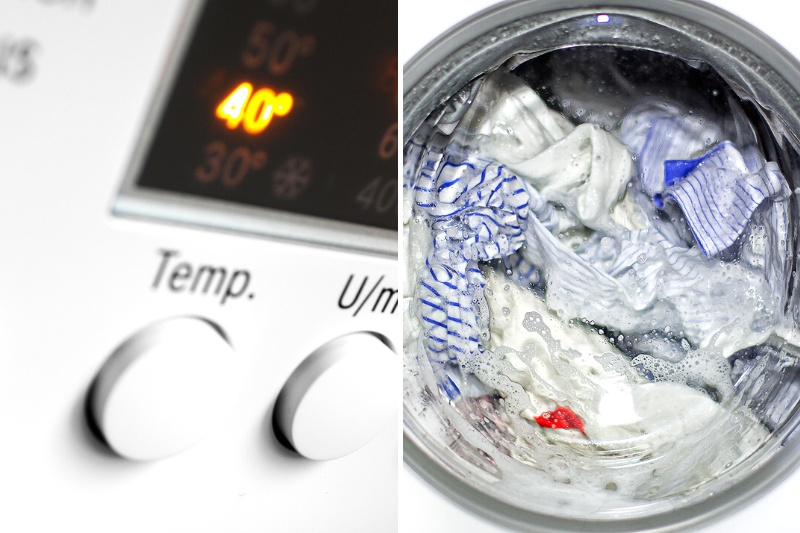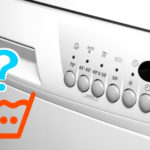Our modern-day washing machines have many settings, most of which are never used. When it comes to the temperature we wash our clothes, many people choose a temperature they like and stick with it for the majority of their laundry.
Hot and cold washes are often compared when making this decision, but what about those that fall somewhere in between?
Of course, every washing temperature will have its advantages and disadvantages, but is it possible that a warm wash could be the perfect in-between you’ve been looking for? And what is considered a warm wash temperature?
Read on for all you need to know, including when we recommend you use a warm wash and any pros and cons you need to be aware of.
What Setting Is a Warm Wash?
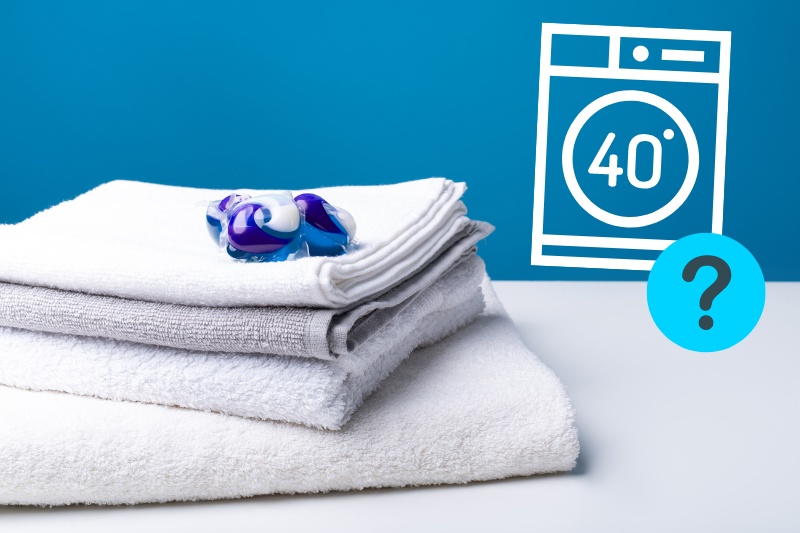
At this point in time, most people know what is considered to be a hot or cold wash. The pros and cons of these temperatures have been debated for years, but you rarely hear anything about warm washes. So, what is considered a warm wash temperature?
A warm wash uses a temperature of about 40 or 50 degrees Celsius. When you consider that a cold wash is anything from 30 degrees Celsius down and a hot wash is 60 degrees Celsius and up, this generally makes sense.
Warm washes are ideal for the majority of your laundry. However, there is no real difference between a 40-degree Celsius wash and a 50-degree one.
Therefore, if you try a warm wash setting, we recommend sticking to 40 degrees Celsius as it is more economical than 50 degrees.
If you need a hot wash to kill bacteria, use 60 degrees Celsius instead of 50. Otherwise, you’re paying for extra heating energy without any real benefit.
When to Use a Warm vs. a Hot Wash
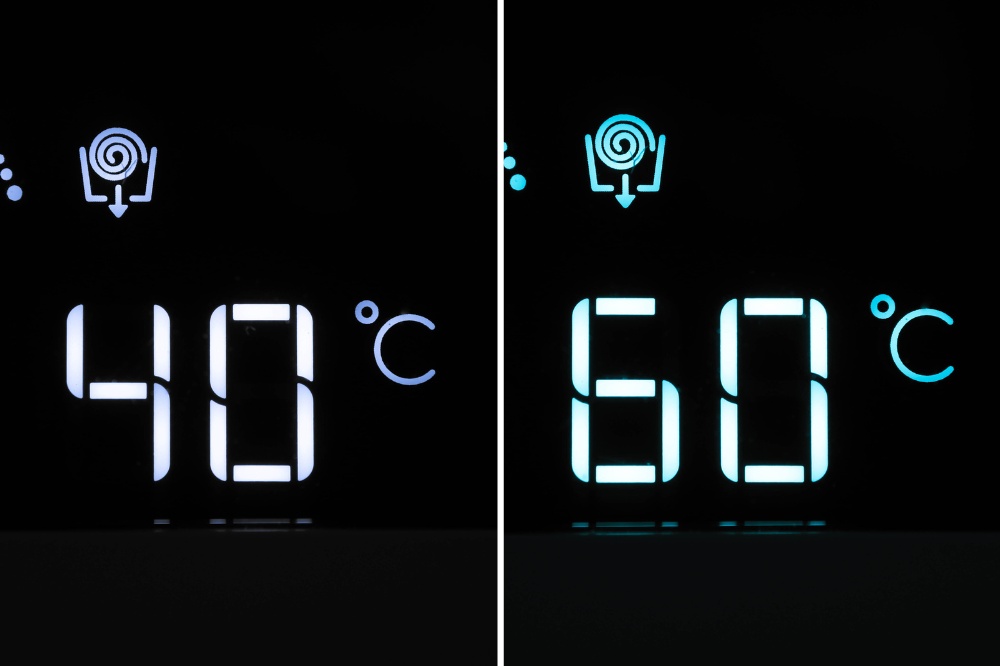
As we’ve already mentioned, warm washes are the ideal washing temperature for most laundry. The water will be hot enough to effectively remove the majority of dirt and stains from your clothing while still preserving the colour of the garments.
However, we highly recommend switching to a hot wash in the following scenarios:
- Your clothes are heavily soiled with oil or other hard-to-remove stains
- You are washing used towels or bedding
- You need to remove bacteria from your clothing (e.g., if you have been ill)
If you’re ever unsure about which temperature to wash your clothing in, look at the care label instructions on your garment. This will tell you the temperature best suited to that item of laundry.
Pros and Cons of a Warm Wash
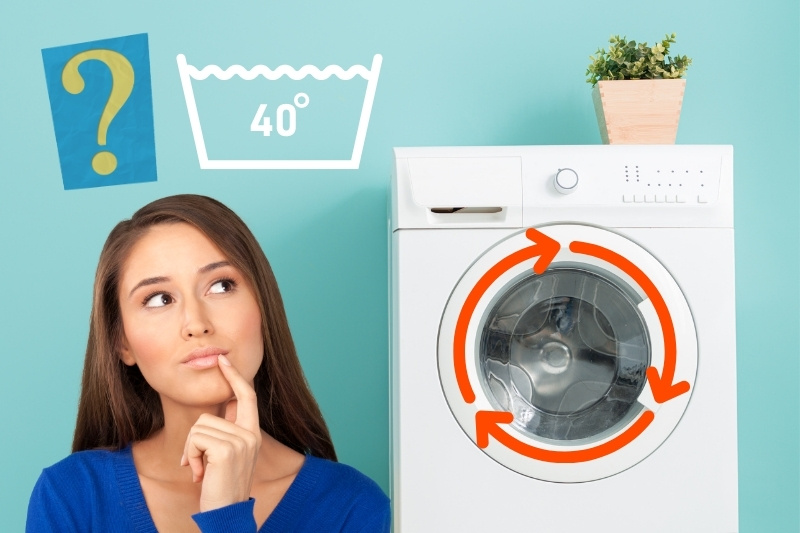
Every water temperature has its advantages and disadvantages when it comes to doing the laundry, and warm washes are no different.
One of the great things about a warm wash is that it acts as a perfect compromise between a hot and cold wash:
- Less energy than hot washes: Cold washes are well-known for being the most energy-efficient option for laundry. Although a warm wash won’t save you quite as much money, it will still reduce your energy bill in comparison to a hot wash while still being able to tackle more heavily soiled clothing than a wash at 30 degrees Celsius or less.
- Better stain removal than cold washes: A warm wash will also increase your chances of removing tough stains, remove more germs than a cold wash, and can still prolong the life of your clothing, albeit not as much as a colder wash would.
The main disadvantage of a warm wash is that it won’t be able to kill all the germs and bacteria on your clothing.
So, running your washes at a temperature above 60 degrees Celsius is a good idea if you have recently been ill. Germs can also spread between items while they are being washed, so we recommend keeping any items that might be contaminated separate from the rest of your laundry.

Hannah has a passion for cleaning. She worked her way around Australia by cleaning hostels in exchange for free accommodation and used her cleaning skills to bag a job as a chalet host for a luxury ski company in France.
